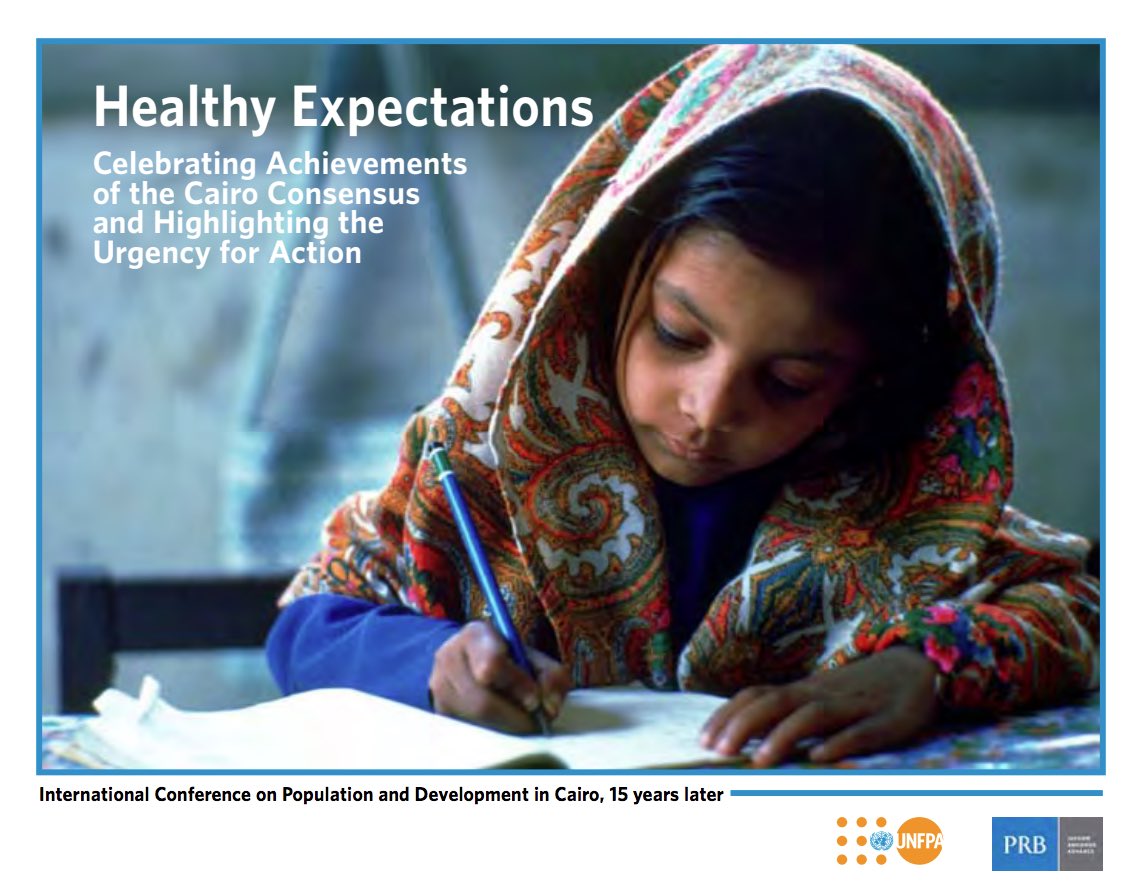HIV/AIDS Behaviors and Interventions in Chinese Americans
(2008) The prevalence of HIV/AIDS increased faster among Asians and Pacific Islanders in the United States than in any other group between 2001 and 2004.1
(2008) The prevalence of HIV/AIDS increased faster among Asians and Pacific Islanders in the United States than in any other group between 2001 and 2004.1

Project: Center for Public Information on Population Research (CPIPR)
As coronavirus cases rise in less densely populated states in the Midwest and West, the disease, combined with high levels of obesity in rural America, could pose major challenges for health care systems, suggests Mark Lee at the University of Minnesota.
(2014) Throughout human history, the world's population had grown slowly and by the beginning of the 20th century was only 1.6 billion people. Today, after only 110 years, the world's population has surpassed 7.1 billion people.

(2009) Fifteen years ago, in 1994, the world's nations forged a visionary plan in Cairo, Egypt, to foster economic development and reduce poverty, with a focus on promoting human rights, empowering women, and erasing inequities within societies.
(October 2002) A debate over how best to weed out AIDS-related stigma and resulting discrimination is growing within international health circles, as experts try to address these stubborn obstacles to HIV/AIDS prevention and treatment.
(2009) Whether young people will gain access to education and employment opportunities over the coming years and decades is one of the major questions facing developing countries with large youth populations.
(2008) Millions of people live in poverty in Latin America, and many young people often face few prospects for a bright future.

Explaining why a behavior is wrong is the least harmful form of discipline for a young child’s development, new analysis suggests
(2010) Family planning is one of the most cost-effective health interventions in the developing world.